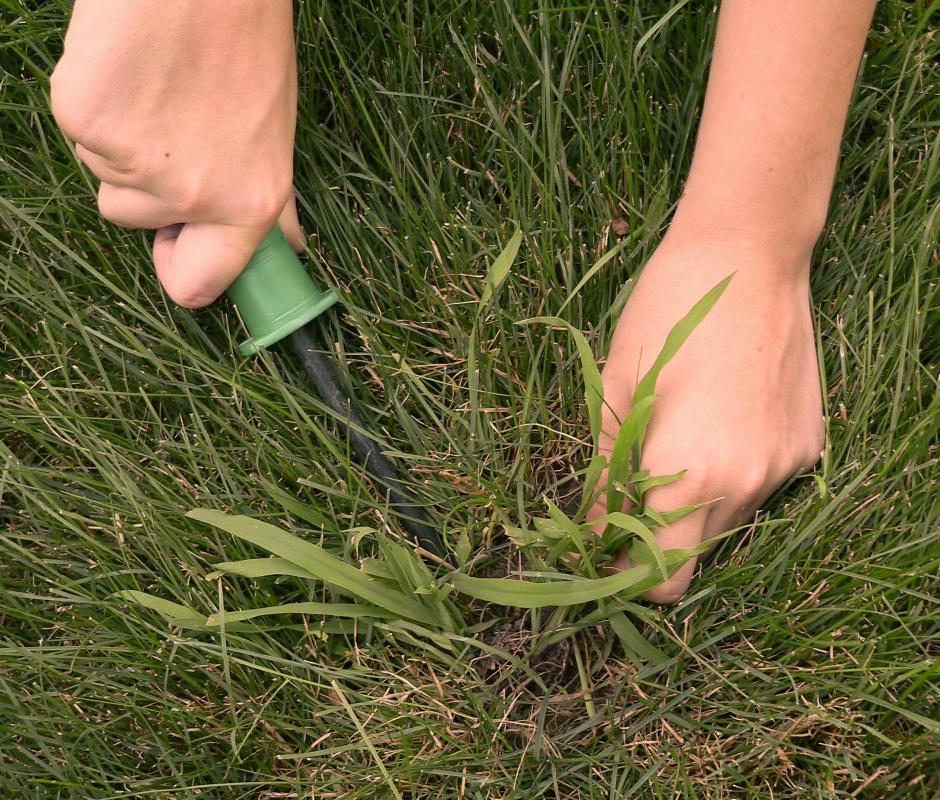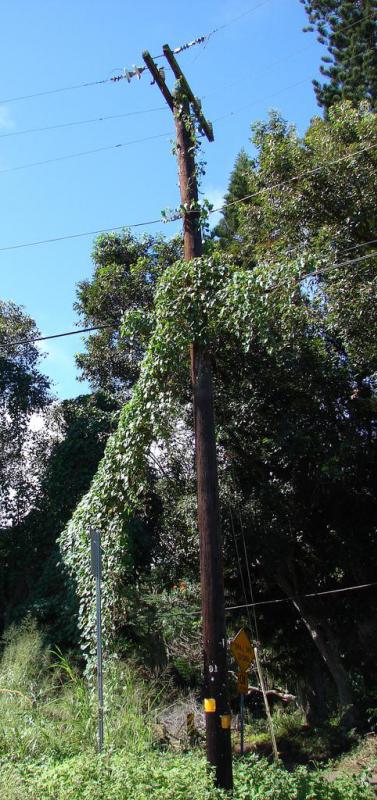At AllThingsNature, we're committed to delivering accurate, trustworthy information. Our expert-authored content is rigorously fact-checked and sourced from credible authorities. Discover how we uphold the highest standards in providing you with reliable knowledge.
What Is a Noxious Weed?
A noxious weed is an invasive and destructive plant that may be native or non-native to a particular environment. Generally, if non-native, these plants have been introduced to the area either deliberately or inadvertently. Deliberate introduction is often due to the attractive allure of the noxious weed, which makes people plant it in their garden without considering its negative effect. Inadvertent introduction of the invasive weeds may be brought about by means of agricultural transport of seeds or crops, by pollen or seeds spread by grazing animals and birds, or by human enterprises like hiking, camping, or driving.
In the case of a non-native noxious weed, it is generally able to thrive in the new ecosystem as it does not have any rivals to keep it in check. Once these garden pests take root, they spread quickly and aggressively. They begin to compete with the other plants in the ecosystem for water, nutrients and sunlight. The noxious weed may, if allowed to thrive over a long period of time, start to destroy the plant diversity of the area. Such noxious weeds are also known to alter the soil composition so that it becomes difficult for other plants to survive in that area.

Apart from affecting the plant diversity, the noxious weed also negatively impacts the animal life. Grazing animals and birds depend on the local plant life for their sustenance, and as the weeds destroy the plants in the area, the animals and birds are no longer able to find adequate food or nesting spaces. They may then either die off or be forced to migrate to more hospitable areas, and this in turn affects other life forms that are dependent on them.
The noxious weeds may also be poisonous to eat or may cause toxic reactions in both animals and humans that come in contact with them. Some weeds are thorny and can cause injuries. Many of these plants take over spaces that may be otherwise utilized.

Getting rid of noxious weeds and invasive plants can be difficult and often quite expensive. It is a good idea to find out about weeds and infested places in a particular locality, and to avoid picking flowers or transplanting any unknown plants or plants that are listed as noxious. When hiking, camping or driving, it will help to stick to established paths, camp areas and roads so that pollen and seeds are not picked up in clothes, shoes, camping equipment and tire threads. When planting crops, it is best to buy seeds that have authorized weed-free certification.
Frequently Asked Questions
What exactly is a noxious weed?
A noxious weed is a plant species officially designated by an agricultural authority as harmful to agricultural or horticultural crops, natural habitats, ecosystems, humans, or livestock. These plants are often invasive, spreading rapidly and displacing native species, which can lead to significant ecological and economic damage.
How do noxious weeds negatively impact the environment?
Noxious weeds can drastically alter native ecosystems by outcompeting indigenous flora, reducing biodiversity, and changing soil chemistry. This can lead to habitat degradation for wildlife and can disrupt food chains. According to the National Wildlife Federation, invasive species, including noxious weeds, contribute to the decline of nearly half of the threatened and endangered species in the United States.
What are some common examples of noxious weeds?
Common examples of noxious weeds include kudzu, which can overgrow and suffocate native plants and trees; purple loosestrife, which invades wetlands; and leafy spurge, which secretes a toxic sap deterring grazing by wildlife and livestock. Each region may have its own specific list of noxious weeds based on local ecosystems and agricultural needs.
How are noxious weeds controlled or eradicated?
Controlling noxious weeds often involves a combination of mechanical, chemical, and biological methods. Mechanical control includes mowing or hand-pulling, while chemical control involves herbicides. Biological control introduces natural predators or diseases to manage weed populations. Integrated management strategies are considered the most effective for long-term control.
Can noxious weeds affect human health?
Yes, some noxious weeds can have direct effects on human health. Plants like poison ivy, giant hogweed, and stinging nettle can cause skin irritation, rashes, or more severe allergic reactions. Additionally, certain noxious weeds can produce toxins that contaminate crops and pose risks if ingested by humans or animals.
Are there any legal implications for not controlling noxious weeds?
Many regions have laws requiring landowners to control noxious weeds on their property. Failure to comply can result in fines or other legal actions. For example, the U.S. Federal Noxious Weed Act regulates the importation and interstate spread of noxious weeds and mandates control measures to prevent their spread.
AS FEATURED ON:
AS FEATURED ON:












Discuss this Article
Post your comments